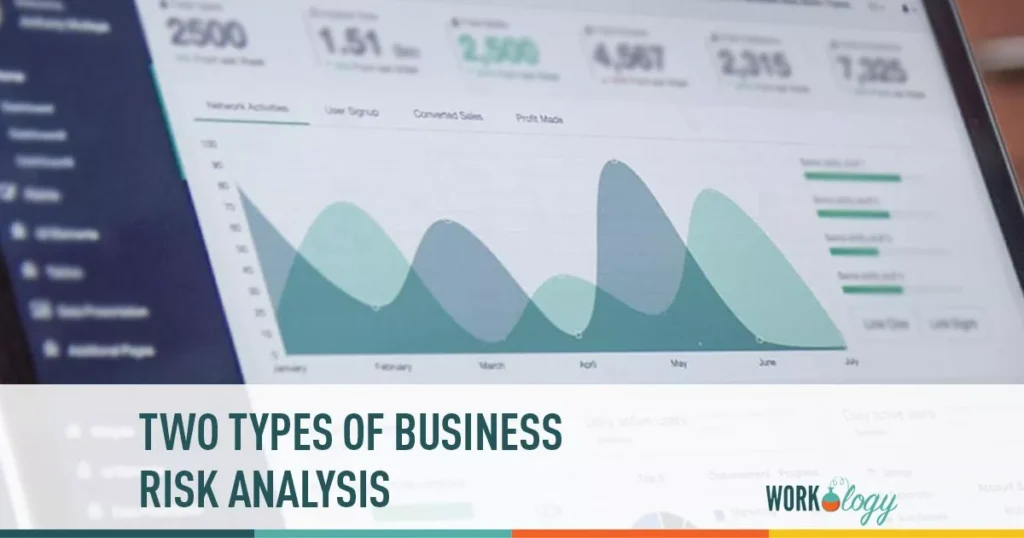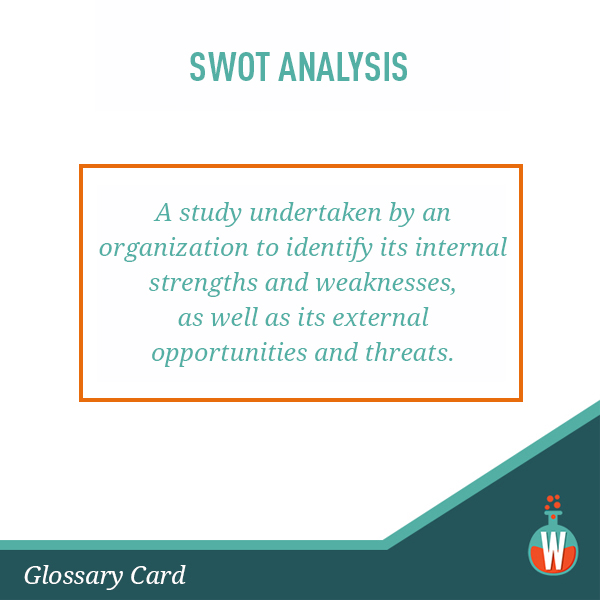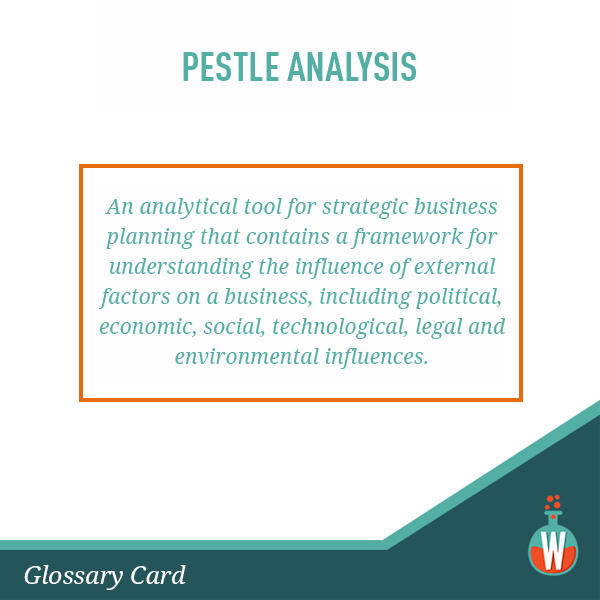Are you looking for digital HR Certification courses? Look no further than Workology’s Ace the HR Exam course.
What You Need to Know About Risk Analysis for the SHRM-CP and SHRM-SCP Exam
When you study for your SHRM-CP and SHRM-SCP exams, you’ll find a lot of information on risk management and business risk analysis. There will be questions on identifying risk, the methods by which we identify risk, and how to analyze internal and external risk factors. Two of the main types of business risk analysis that are sure to appear on your exam are SWOT and PESTLE analysis.
What is SWOT Analysis?
Our content continues after the ad.
Ads help make OUR resources free for everyone.
We respect your privacy. To see our Privacy Policy
click here.
A SWOT analysis is a simple and useful framework for analyzing an organization’s Strengths, Weaknesses, Opportunities, and Threats. It helps you build on what your company does well, to address what it is lacking, to minimize risks, and to take the greatest possible advantage of your company’s opportunities for success.
The SWOT analysis considers both internal and external components as they both have the potential to impact the success of a project or venture. Using internal and external data, a SWOT analysis can help you guide your company toward strategies more likely to be successful, and away from those in which they have been, or are likely to be, less successful.
A SWOT analysis consists of four squares: Strengths, Weaknesses, Opportunities, Threats.
It is useful to think of Strengths and Weaknesses as internal factors – related to the organization, its assets, processes, and people. Think of Opportunities and Threats as external factors, arising from your market, your competition, and the wider economy.
Conducting a SWOT analysis is similar to holding brainstorming meetings, in which you have a group of people from various areas of the company share their thoughts and opinions on the four areas. Once the ideas are outlined, you will then rank them in order of importance. Examples of HR being called upon to perform a SWOT analysis: The company is opening a new branch in a new location, launching a new product, branding out into new sectors, rebranding, and so on.
SWOT Analysis HR Exam Question
On your exam, you may see the SWOT analysis in answers to questions like the following example:
A company is about to launch strategic planning sessions to evaluate possible directions the company might go in the future. The HR manager must be able to participate in this critical preparation for the future. Which step in the strategic planning process is most critical for the HR manager’s input?
– The SWOT analysis during strategy development
– The during strategy formulation
– The initiative during strategy implementation
– The process during strategy evaluation
Correct answer: A.
Breaking Down PESTLE Analysis
A PESTLE analysis examines opportunities and threats due to Political, Economic, Social, Technological, Legal and Environmental factors, to inform planning and decision-making.
It is a strategic management tool used to identify, analyze, organize, and monitor key external factors that can have an impact on an organization now and in the future. A PESTLE analysis helps a team to understand the organization’s market and business position better, plan strategically, and conduct market research in new and existing markets.
There are six questions that you will need to ask while conducting this analysis, which gives you an idea of what to keep in mind. They are:
P: What is the political situation of the country and how can it affect the industry?
E: What are the prevalent economic factors?
S: How much importance does social culture have in the market and what are its determinants?
T: What technological innovations are likely to pop up and affect the market structure?
L: Is there any current legislation that regulates the industry or can there be any change in the legal concerns for the industry?
E: What are the environmental concerns for the industry?
The PESTLE analysis is more comprehensive than the SWOT analysis and therefore is more likely to be used on a broader and ongoing basis with regards to the needs of your company, rather than in specific scenarios. The PESTLE analysis model should be used when any of the six factors outlined above changes for your company, industry, and market.
PESTLE HR Exam Question
On your exam, you may see the PESTLE analysis referenced in relation to its impact on specific company areas, such as in this example:
How can PESTLE analysis data have a positive impact on employee engagement and retention?
– PESTLE analysis makes the best use of company payroll
– PESTLE data helps in adapting to environmental realities
– Foreign governments are amenable to PESTLE analysis
– The PESTLE analysis process adheres to local customs
Answer: B
Are you looking for digital HR Certification courses? Look no further than Workology’s Ace the HR Exam course.














